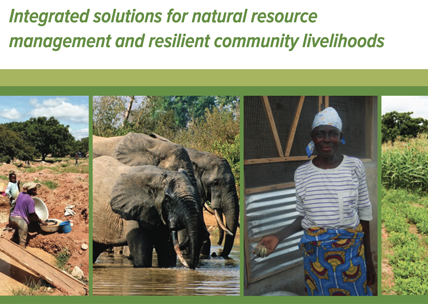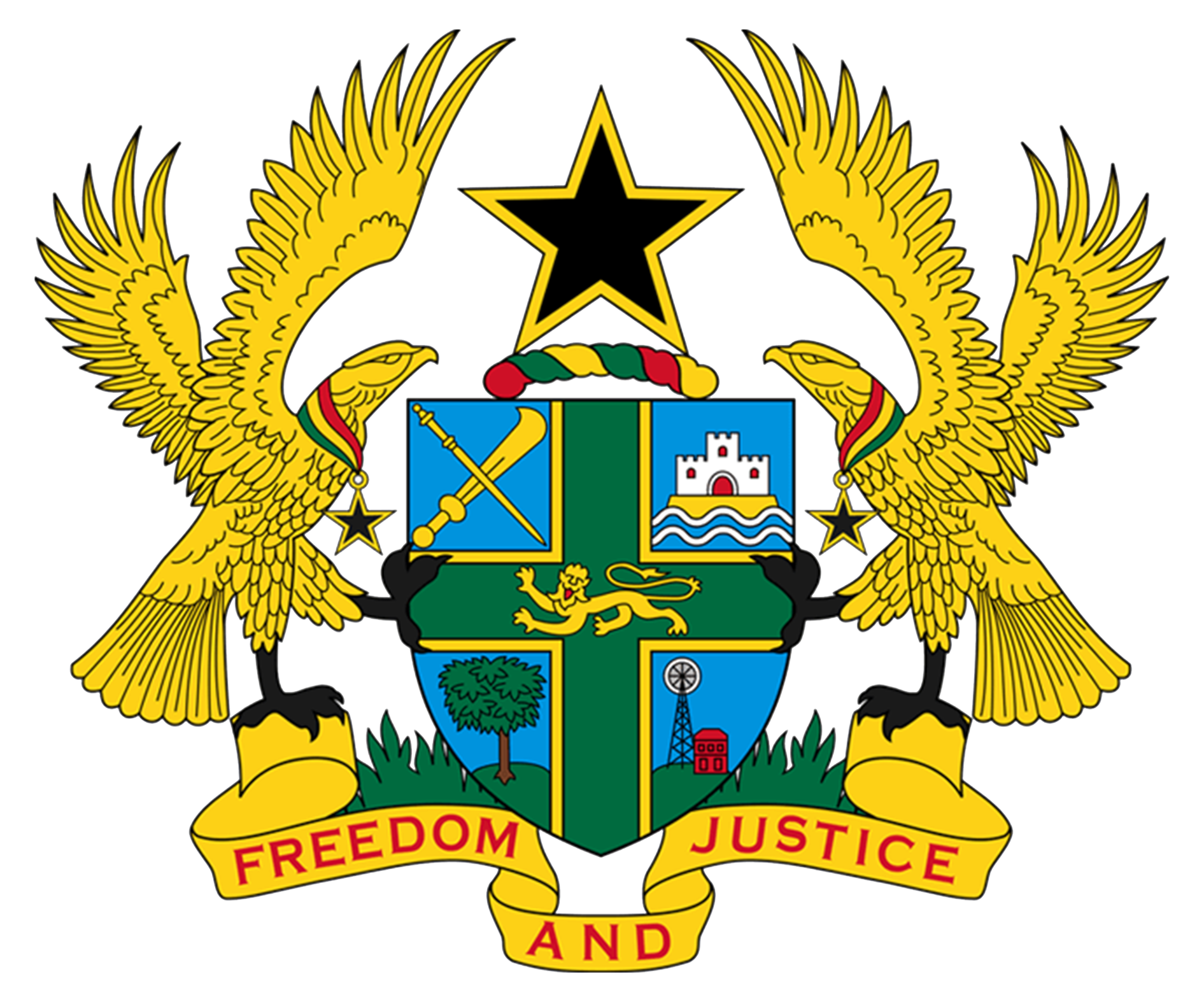About Ghana Landscape Restoration and Small Scale Mining Project (GLRSSMP)

The development objective of the Ghana Landscape Restoration and Small-Scale Mining Project (GLRSSMP) is to strengthen integrated landscape management, formalization of artisanal and small-scale mining, and increase benefits to communities in the targeted degraded savannah and cocoa forest areas.
The project is funded by the World Bank / International Development Association credit of US$ million, with leveraged grant financing in the amount of approximately US$28 million from the Global Environment Facility (GEF)ͨ, the PROGREEN Trust Fund and the Extractives Global Programmatic Support Trust Fund
Specifically, the project will be implemented through the following components:
Component 1:
Institutional Strengthening of Governance and Partnerships for Participatory Landscape Management - The component aims to strengthen the planning and policy framework at the sub-national level by carrying out spatial planning and implementation, policy support and capacity-building, working with administrative and technical agencies within the regions and districts that are within the sub-basins in the project area. This component will also enhance multi-purpose land and water management models at central level through acquisition of remote sensing data and airborne geo-physics which will allow new layers of data to be added to modelling exercises. This component includes support for integrated landscape management planning and fostering partnerships to support adoption of sustainable landscape management approaches at scale within project areas.
It will also support effective monitoring of sustainable cocoa production through the use of this improved Forest Monitoring System to ensure compliance with the cocoa standards; this will include training of the COCOBOD and FC staff as well as decision-makers. This activity will help ensure that the footprint of forest loss and degradation due to cocoa development is being reduced and adequately monitored. This will address an existing need to harmonize efforts by diverse partners operating in the landscape and monitor compliance with agreed standards of sustainable cocoa production.
Component 2:
Regulatory strengthening and formalization of sustainable ASM - This component aims to strengthen the regulatory framework for ASM, with a focus on modernizing regulatory instruments and building the capacity of key government agencies involved in ASM regulation and compliance monitoring (such as Minerals Commission (MC), Forestry Commission (FC), and Environmental Protection Agency (EPA) as well as District Mining Committees. It will also support ASM formalization through appropriate registration of ASM permits, streamlining ASM administration, mainstreaming ASM in sector reporting and enhancing district capacity to manage ASM.
Component 3:
Sustainable Crop and Forest Landscape Management - The component aims to link improved food production and ecological integrity. The component activities will support sustainable production practices for key food crops; sustainable water and land management interventions supporting silvopastoral and riparian vegetation establishment activities; value chains for key commodity crops including cocoa and shea; value-addition for food crops; financial mobilization for sustainability of established interventions; and income generation and income diversification at community level with a view to integrated natural resource management in target cocoa, savannah and forest transition zone landscapes.
This component will also aim to establish and scale up forest landscape restoration activities in the target landscapes, focusing on enhancing forest cover and management and restoration of mined-out sites. This component will primarily focus on scaling up the interventions within forest landscapes based on the lessons learnt from SLWMP (in Northern Savannah region) and ongoing work in the Forest Investment Programme (FIP) the cocoa landscapes (in the Transition Zone). The target areas under this component will include forested landscapes within protected areas and their buffer zones, and off-reserve areas within the biological corridors, managed by the communities, including under the Community Resource Management Area (CREMA) arrangements.
Component 4:
Monitoring and Project and Knowledge Management - This component aims to support: robust project management and implementation (including financial, internal audit and procurement management, monitoring and evaluation, safeguards supervision, implementation and monitoring of the grievance redress mechanism, monitoring implementation of the gender action plan, etc.); better communication outreach and dissemination; appropriate stakeholder engagement; and adequate knowledge management.
Component 5:
Contingency Emergency Response - A Contingency Emergency Response Component (CERC) with zero allocation will be created and made implementation-ready to allow the GoG to respond quickly in case of an eligible emergency. The mechanism will be defined in a specific CERC Operational Manual that will clearly outline the triggers, eligible expenditures, procurement thresholds, and procedures for using part of IDA resources of the project to respond quickly in the event of an eligible emergency.

